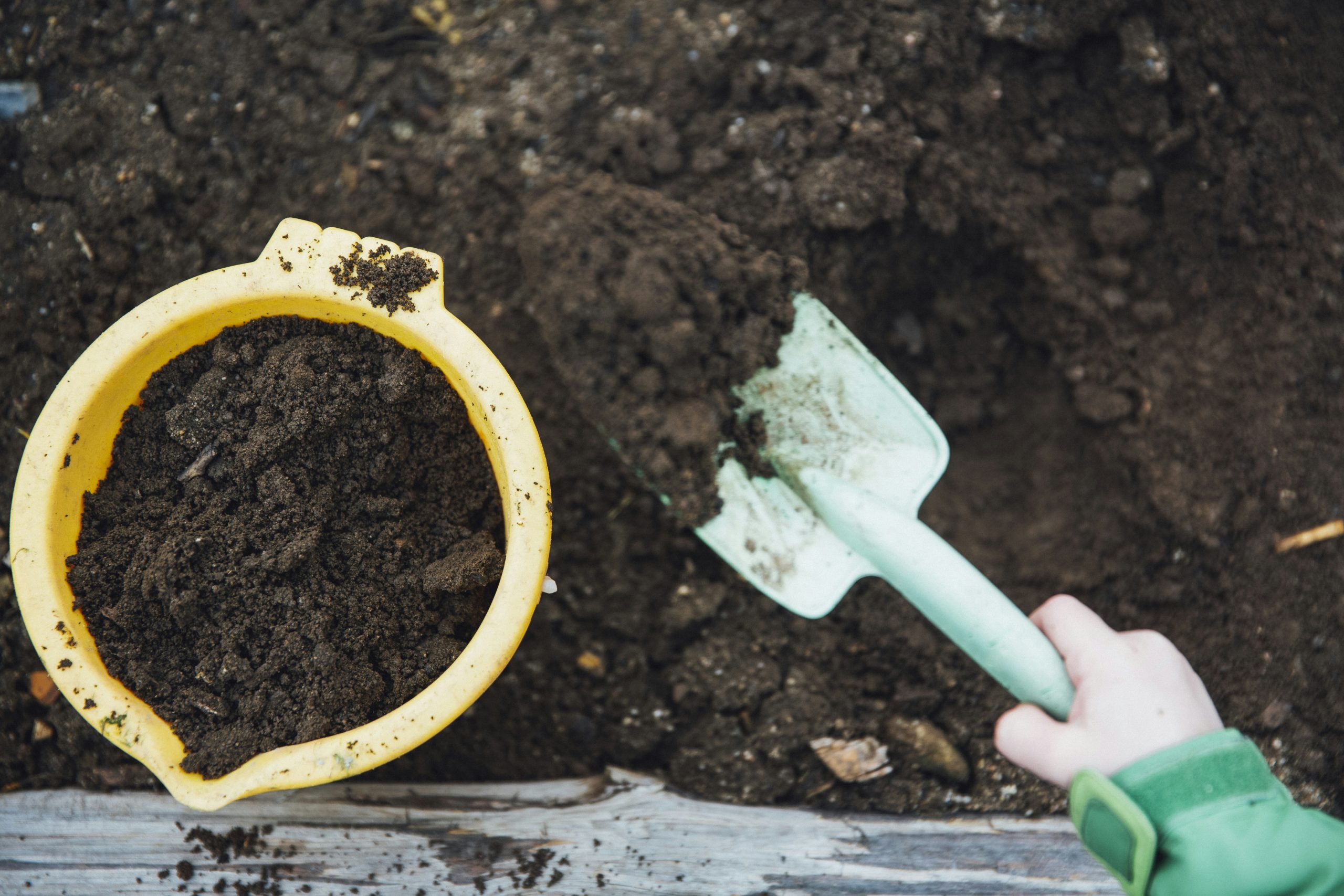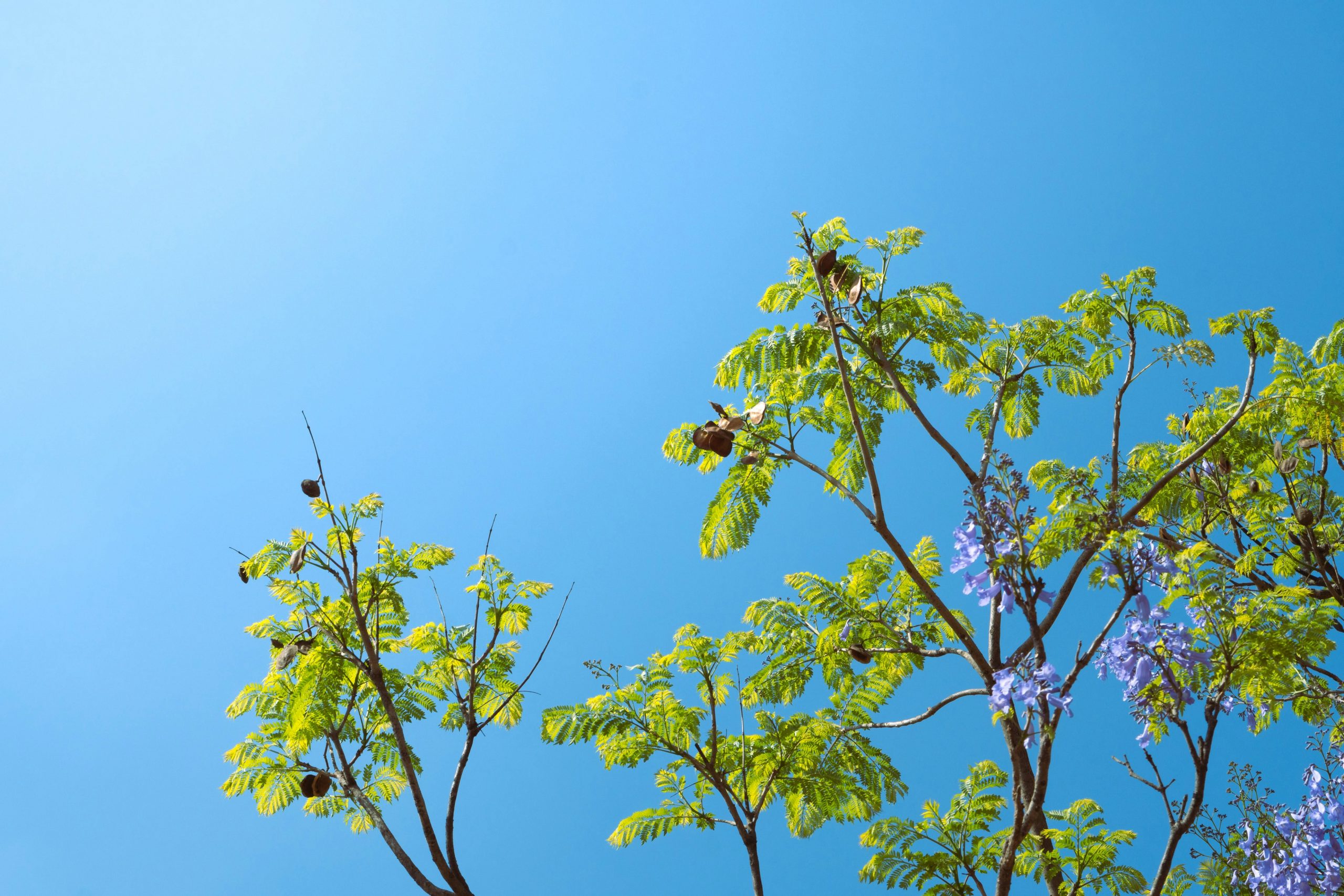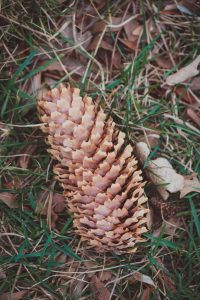In the article “How Do I Ensure My Compost Is Organic?”, we delve into practical steps and essential tips to create and maintain an organic compost pile. We’ll guide you through selecting the right materials, balancing green and brown components, and avoiding contaminants to achieve rich, organic compost. Together, we’ll explore sustainable practices, ensuring our gardening efforts contribute to a healthier planet. So, let’s get started on crafting the perfect organic compost that will nourish our gardens and support our eco-friendly goals. How do we ensure our compost is organic? This question is a great starting point for anyone interested in sustainable living and gardening. By making sure our compost is genuinely organic, we are not only contributing to a healthier environment but also ensuring the safety and nutrient quality of our gardens.
Understanding Organic Compost
Before we dive into the specifics of ensuring our compost is organic, it’s crucial to understand what organic compost actually means. Organic compost is decomposed matter that originates from natural and organic sources. It does not include synthetic chemicals or genetically modified organisms (GMOs).
The quality of our compost significantly impacts our garden’s health, the safety of our food, and our overall environmental footprint.
What Can We Include in Organic Compost?
To start, let’s examine the organic materials we can include in our compost pile:
- Vegetable and Fruit Scraps: These should be pesticide-free if we’re aiming for organic compost.
- Coffee Grounds and Tea Bags: Ensure that the tea bags are not made of synthetic fibers.
- Eggshells: These add calcium to our compost.
- Grass Clippings: These should be from lawns that have not been treated with pesticides or herbicides.
- Leaves: Fallen leaves are a fantastic source of carbon.
- Manure: Only use manure from organically raised animals.
What Should We Avoid?
Certain items can contaminate our compost and make it no longer organic. Here’s what to steer clear of:
- Diseased Plants: These can introduce pathogens.
- Meat and Dairy Products: These can attract pests and take longer to break down.
- Chemically Treated Wood: Contains harmful chemicals that can leach into the soil.
- Synthetic Pesticides and Herbicides: Even tiny residues can affect the organic status of our compost.
- Non-Organic Plants and Produce: These might carry pesticide residues.
Steps to Ensure Our Compost is Organic
Achieving organic compost requires careful planning and commitment. Let’s break down the key steps:
1. Source Organic Materials
The foundation of organic compost lies in the materials we use. We must ensure that everything we add to our compost pile is organic.
| Category | Organic Requirements |
|---|---|
| Kitchen Scraps | Use leftovers from organically grown produce. |
| Yard Waste | Ensure grass clippings, leaves, and plant material are from untreated yards. |
| Manure | Source manure from animals raised on organic feed without antibiotics. |
By being vigilant about our sources, we can significantly reduce the risk of contamination.
2. Maintain a Balanced Mix
To create high-quality organic compost, balance is key. This involves managing the ratio of green (nitrogen-rich) to brown (carbon-rich) materials.
| Green Materials | Brown Materials |
|---|---|
| Vegetable scraps | Dried leaves |
| Fruit scraps | Straw |
| Coffee grounds | Newspaper (unwaxed) |
| Grass clippings | Cardboard (without coatings) |
We should aim for a ratio of roughly 2:1 (brown to green) to ensure optimal decomposition.
3. Monitor Moisture Levels
Compost needs to be kept moist but not waterlogged. Think of the consistency of a wrung-out sponge. Too much water can lead to anaerobic conditions, while too little can slow down the decomposition process. Regularly check our compost pile and adjust the moisture as needed.
4. Turn the Pile Regularly
Aeration is crucial for the composting process. Turning our compost pile every few weeks will introduce oxygen, which speeds up decomposition and prevents unpleasant odors.
5. Manage Temperature
A well-maintained compost pile will generate heat as microorganisms break down organic matter. Ideally, we should aim for temperatures between 135°F and 160°F (57°C to 71°C). Using a compost thermometer, we can monitor the temperature to ensure it stays within this range.
6. Avoid Contaminants
This step cannot be stressed enough. Vigilance is key. Regularly check labels, ask questions when sourcing materials, and if in doubt, it’s better to err on the side of caution and exclude questionable items.

Organic Compost DIY Steps
Now, let’s walk through a step-by-step guide to creating our own organic compost at home:
Step 1: Choose the Right Location.
Pick a spot in our yard for the compost pile or bin. This spot should be convenient to access but not too close to our house. Ideally, it should be partially shaded to maintain moisture levels better.
Step 2: Construct or Purchase a Bin.
While a simple pile on the ground works, a compost bin helps keep items contained and maintains aesthetics. We can buy one or make our own using wood pallets or a wire mesh.
Step 3: Start Layering.
Begin with a layer of coarse materials like twigs or straw to improve aeration. Then, alternate between green and brown layers.
Here’s an example format:
| Layer Type | Materials |
|---|---|
| Bottom Layer | Coarse materials (twigs, straw) |
| Green Layer | Fresh grass clippings, vegetable scraps, coffee grounds |
| Brown Layer | Dry leaves, shredded paper, cardboard |
| Green Layer | Fruit scraps, manure from organic sources |
| Brown Layer | Small branches, sawdust (from untreated wood) |
Step 4: Maintain the Pile.
Add water as needed to keep the pile moist but not soggy. Turn the pile every few weeks to aerate and mix the materials.
Step 5: Monitor and Adjust.
Regularly check the temperature, moisture levels, and composition. If the pile is too wet, add more brown materials. If it’s too dry, add water or more green materials.
Step 6: Harvest the Compost.
After a few months (or longer, depending on conditions), our compost will turn dark, crumbly, and earthy-smelling; it’s then ready to use!
The Benefits of Organic Compost
Using compost in our gardening and farming practices has numerous benefits. Let’s explore some of them:
Enhanced Soil Health
Compost adds essential nutrients to the soil, improving its structure and fertility. This creates a healthier environment for plants to grow strong and resilient.
Reduced Waste
Composting dramatically reduces the amount of organic waste sent to landfills, decreasing greenhouse gas emissions and the overall waste footprint.
Water Conservation
Compost-rich soil retains moisture better than untreated soil, meaning we use less water to keep our plants hydrated.
Chemical-Free Gardens
By using organic compost, we eliminate the need for chemical fertilizers, pesticides, and herbicides, fostering a healthier ecosystem for ourselves and wildlife.
Cost Savings
Homemade compost is free! By recycling our organic waste, we cut down on gardening costs, making organic practices more accessible and sustainable.

Troubleshooting Common Compost Problems
Even with the best intentions, we may encounter some issues during our composting journey. Here’s how to address some common problems:
Bad Odors
If our compost pile starts to smell, it’s usually due to anaerobic conditions. To fix this, turn the pile to introduce oxygen and add more brown materials to balance moisture levels.
Slow Decomposition
If our compost isn’t breaking down, it may lack nitrogen or moisture. Adding more green materials and ensuring the pile is slightly moist can help speed things up.
Pests
If pests are visiting our compost pile, ensure we’re not adding meat or dairy products. Cover food scraps with a layer of brown materials to deter scavengers.
Excessive Dryness
If the compost is too dry, it won’t decompose effectively. Add water gradually while mixing the pile to achieve the right moisture balance.
Conclusion
Ensuring that our compost is organic is a rewarding endeavor that pays off in numerous ways: healthier plants, a more sustainable lifestyle, and a positive environmental impact. By sourcing organic materials, maintaining a balanced mix, and following best composting practices, we can create organic compost that enriches our soil and nurtures our gardens.
So let’s roll up our sleeves, dive into the world of composting, and contribute to a healthier planet—one compost pile at a time!




